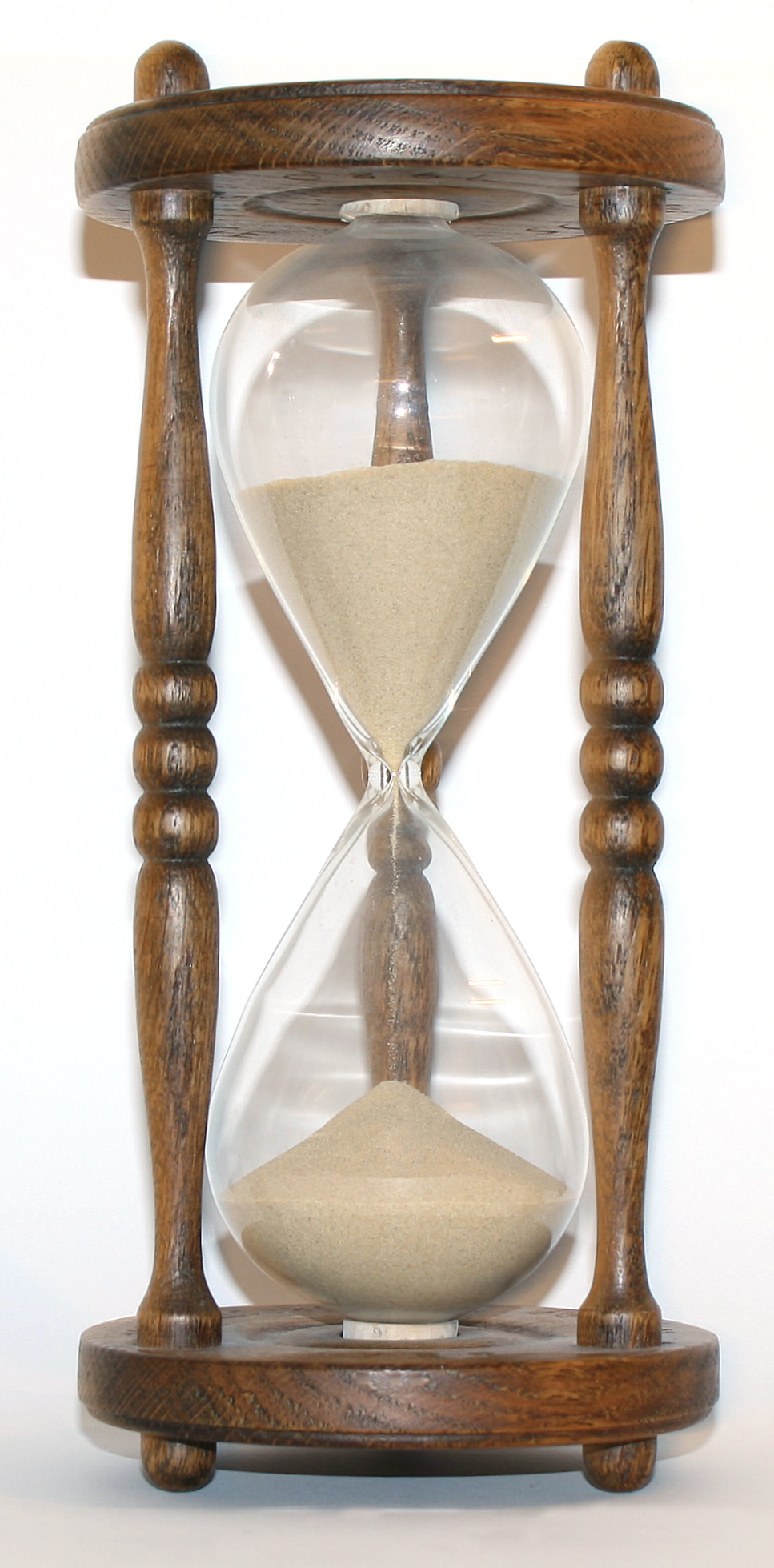2. Fixture ballast-rated for a certain amount of hours. If a ballast burns out, it can be replaced.
The ballast will typically outlive the lamps.
3. Fixture lamps-newer technology lamps are rated for many more hours; LED 100-150,000 hours, Inductive fluorescent 100,000 hours, T5 and T8 30-50,000 hours.
In the case of Northwood, the Hach Gymnasium is lit up 16 to 17 hours per day. This equates to roughly 5,840 hours per year. Assuming the life of the bulbs is 30,000 hours, the entire facility will need to be re-lamped in 5 years.
Since it took 2 years to pay for the Initial investment, we can only look at the last 3 years as part of our long term return on investment.
This is an easy calculation. Annual savings is $16,000 per year, so we multiply $16,000 by 3 years for an additional $48,000 of savings from upgrading to energy efficient fixtures in year 1.
Calculating ROI with No Incentives:
The ROI for this project would be calculated by:
Annual savings from 5 years - $80,000 ($16,000 x 5 = $80,000)
Initial Investment - $31,100
Lifetime ROI - 2.57 times original investment ($80,000/$31,100 = 2.57)
---or in terms of percentage - 257%
Calculating ROI with Incentives:
Just reduce the initial investment from $31,100 to $22,600 ($31,100-$8,500=$22,600)
Annual savings from 5 years - $80,000 ($16,000 x 5 = $80,000)
Initial Investment - $22,600
Lifetime ROI - 2 times original investment ($80,000/$22,600 = 3.53)
---or in terms of percentage - 353%
Each Situation is Different
The Hach Gymnasium is just 50% of the building that currently exists on the campus. There are several other buildings across the campus. Since each building is unique, 50% savings may not be obtainable across the entire campus. Overall, there may be a 20% savings.
Looking at the financial metrics for each individual project is critical when considering energy efficient upgrades. Usage, technology, complications with construction all factor into the decision to make an upgrade or not make an upgrade.
Payback That Makes Sense
Projects that have a payback less than 5 years make good sense. Most projects that we are involved with have shown paybacks less than 2 years. Most projects make sense without adding in the utility incentives. The incentives are just that; encouragement to consider the project.
Learn more in our eBook, A Business Owners Guide To Energy Efficiency. Download your FREE copy by clicking below.
Does Long Term Return On Investment make sense? Shoot us a comment in the comment section below.

 the lighting will be lit daily. For analysis, this is most often achieved by taking daily burn time and forecasting it out for a year.
the lighting will be lit daily. For analysis, this is most often achieved by taking daily burn time and forecasting it out for a year.